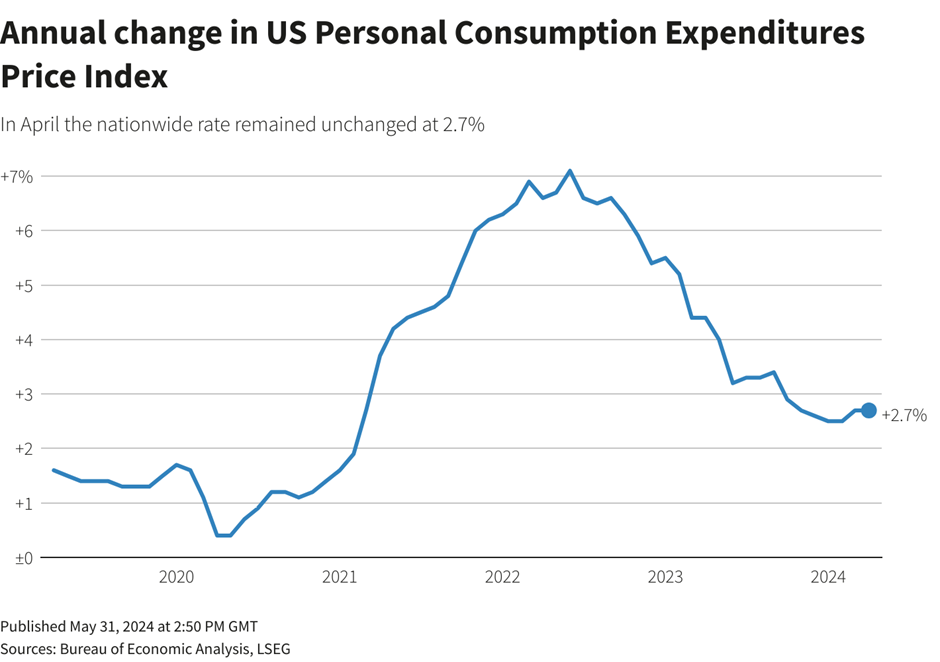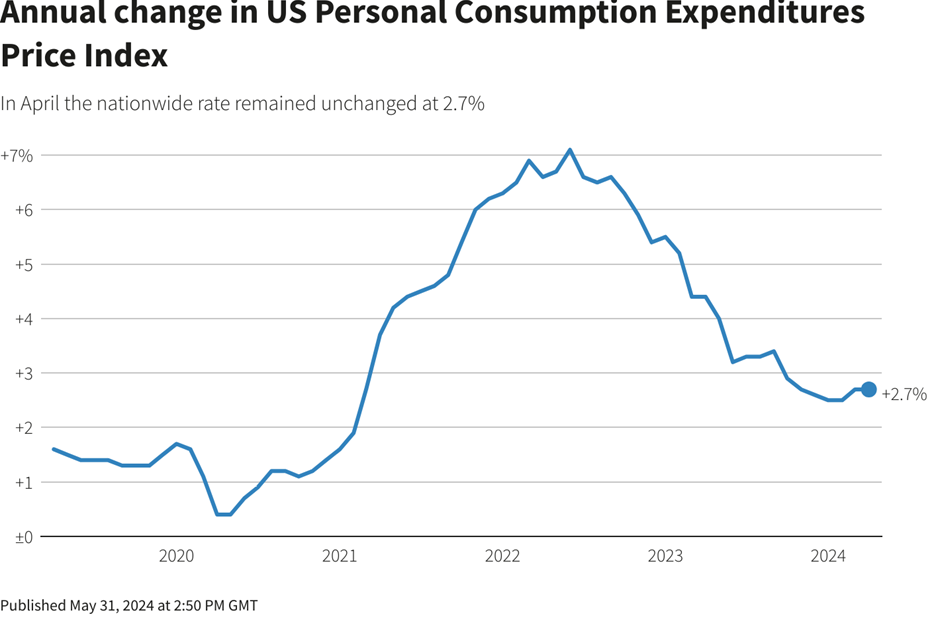What's Going On With The US Economy And The Federal Reserve?
Last Friday’s US economic data showed a big beat across the board. Nonfarm Payrolls beat all expectations at 254K, Unemployed dropped to 4.1% and average hourly earnings came in at 4.0% YoY. So, is everything rosy in the US economy? If yes, why is the Federal Reserve cutting rates?
Let’s take things from the beginning. The Fed but 50bps in the last meeting, when most economic data suggested that there was no need at all:
- GDP growth QoQ is averaging around 3%.
- Unemployment is in the low 4% area.
- Inflation has been dropping but still well above the 2% target.

Perhaps the Fed is forecasting an upturn in unemployment and a further fall in inflation & GDP, and they – uncharacteristically – are trying to be proactive rather than reactive. It’s likely that their main concern is unemployment, as they consider the inflation issue “resolved” now.
Headline employment numbers might look good on paper, but what happens when we dig deeper into the details? The picture is certainly less rosy:
- The vast majority of job gains was in government and healthcare, while the private sector jobs were stagnant.
- Many of the job gains are attributed to immigrants, rather than native US citizens.
- The number of individuals holding multiple jobs hit new all-time highs. Is this because people love taking more jobs in order to earn more money, or is it due to necessity in order to make ends meet? My guess is the latter.
- We also need to remember that these numbers get heavily revised (usually to the downside), with the last revision being over 800k lower.

Politicians keep “reminding” people that the US economy is in great shape, but what’s really driving it? Both the government and individuals are loading up on record debt – the US Debt/GDP has soared to 120% and credit card debt has hit new all-time highs.


So, what’s my takeaway from all this, at least in the short to medium term?
- I think that the underlying condition of the US economy is worse than the headline numbers suggest.
- The Fed may need to ease more than markets expect, bringing yields lower. This is a much-needed outcome for the government, whose interest expense is growing at an alarming rate (currently above 1/3 of total tax receipts). There is still strong demand for US treasuries and of course the Fed is ready to help in case more buying firepower is needed.
- Low yields bring support to equities and with the US elections only weeks away, the government will want to do everything in its power to avoid a downturn.
- None of the two presidential candidates (Trump and Harris) even mentioned the spiraling debt problem, suggesting that they will do nothing to address it. A Trump win will be theoretically good for the US Dollar, while a Harris presidency will likely mean much looser monetary & fiscal policies.
I think that yields and the USD will eventually move to higher levels, but for the next few weeks and months the most likely scenario is a continuation lower.
The 10y UST yield has recently bounced from its 3.60% lows and it could well continue towards the 50% Fibonacci retracement and 200DMA that comes in at around 4.17%; however, I think that the 3.25%-3.35% support zone will be retested.

The DXY index is also rebounding and could continue towards the 23.6% Fibonacci retracement at 103.16, but it’s quite probable that it will then resume its move lower towards the 99.50 lows.

I am not in the camp of those who are calling for a US debt default or a change in the world’s reserve currency. I believe that the US will eventually regain its former glory via better fiscal and economic policies – however, the path in the next weeks and months will be a very difficult one.
Stelios Contogoulas
Forex Analytix
Market News and Data brought to you by Benzinga APIs
© 2024 Benzinga.com. Benzinga does not provide investment advice. All rights reserved.


Leave a Reply